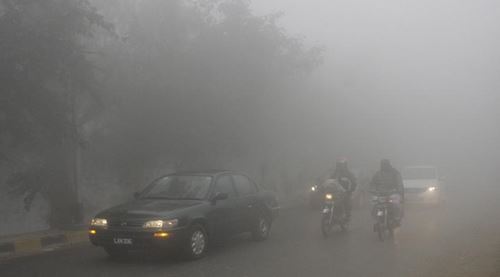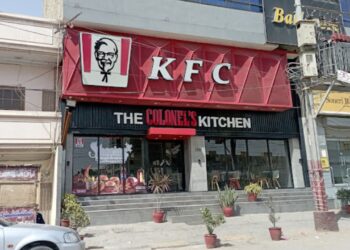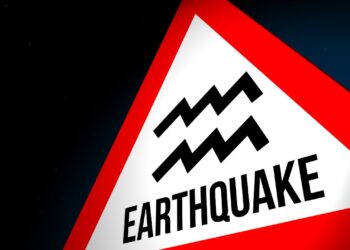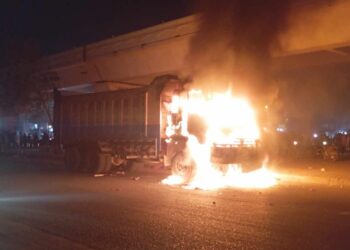The current smog with toxic air is very unusual in Punjab with main concentration in Lahore. This smog contains toxic air, compressed of ground ozone also called bad-ozone. Ground Ozone is not emitted directly into the air but is created by chemical reactions between oxides of nitrogen (NOx) and volatile organic compounds (VOC) in the presence of sunlight.
Emissions from industries & motor vehicle exhaust are the main sources of NOx and VOC. Breathing ground Ozone can trigger a variety of health problems, particularly for children the people of all ages who have lungs diseases such as asthma. Due to stable atmosphere (persistent dry weather) during day dry winter months, Ground Level Ozone is very common in New Delhi (INDIA) and Shanghai (China) but first time observed in Lahore.
Ground Level Ozone
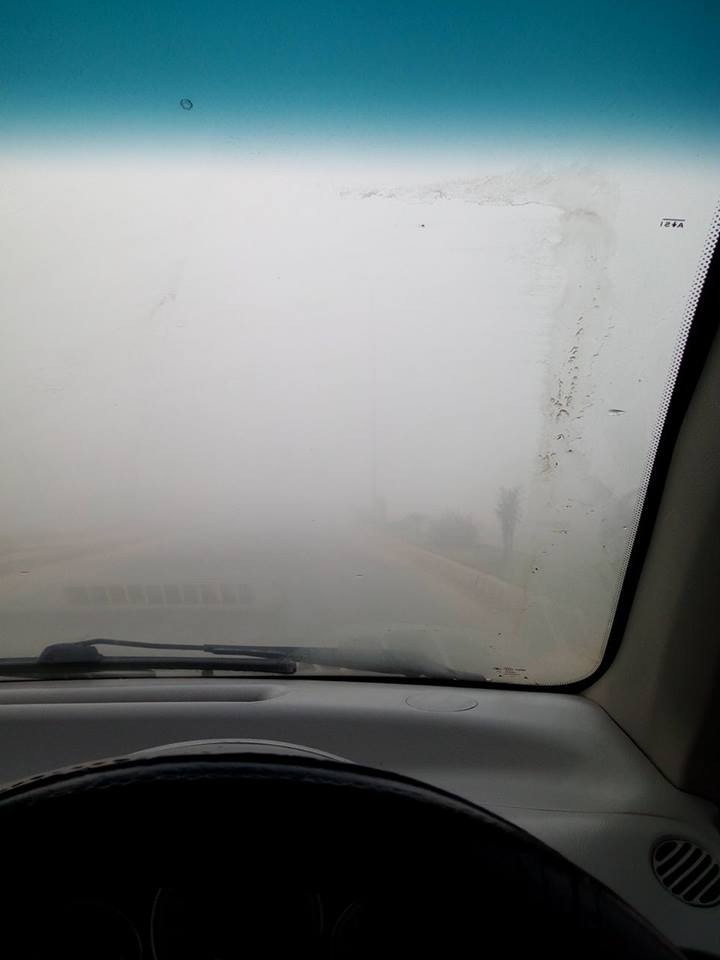
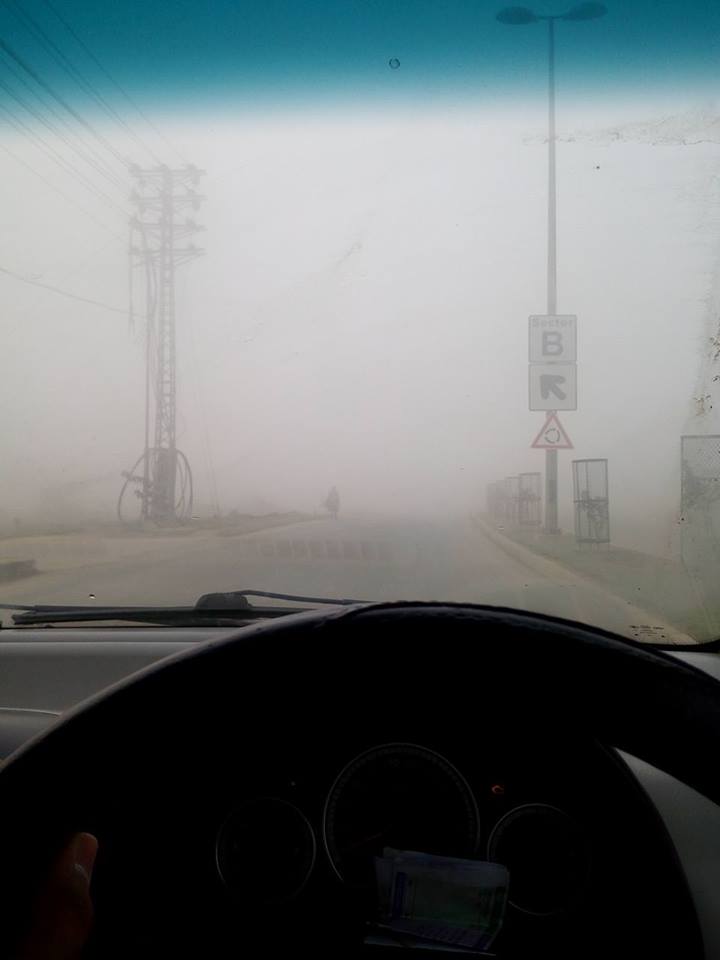
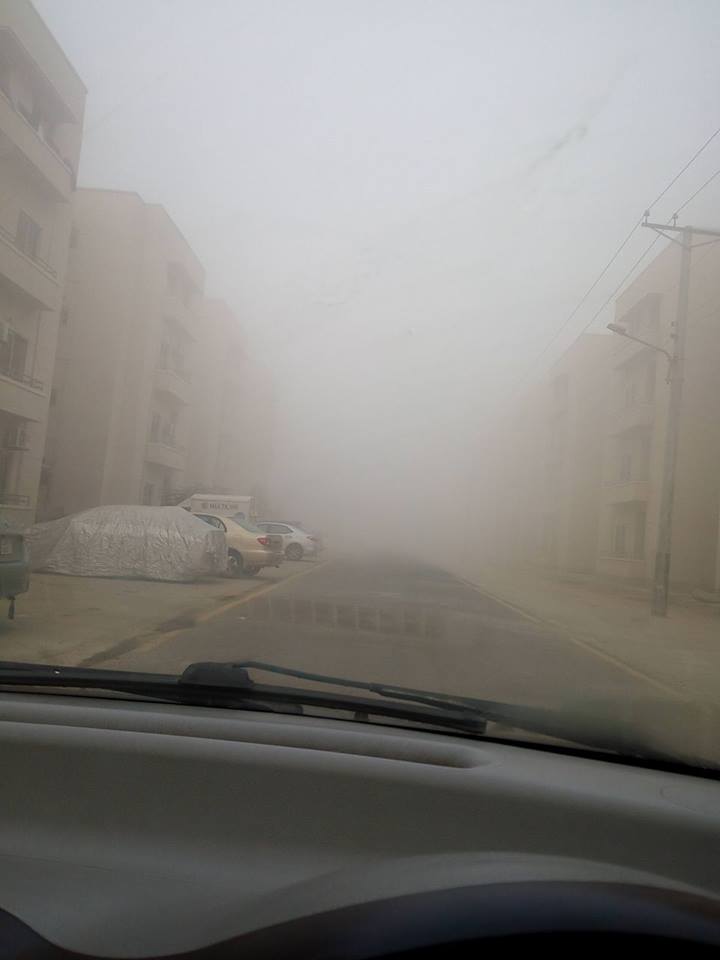
10 WORSE CITIES WORST CITIES FOR SMOG
Beijing, China
The Chinese capital has been suffering again from smog this winter with residents forced to wear masks outdoors. But, according to the most recent figures from the World Health Organization (WHO), the megacity doesn’t even rank among the top 10 cities for smog. Most of the worst afflicted are smaller cities across the developing world.
Mexico City, Mexico
The smog in Mexico City is made worse by the geographical location. The city is surrounded on three sides by mountains. Due to the high levels of sulfur dioxide and hydrocarbons in the air, Mexico City was long considered one of the most polluted cities in the world. The situation is now improving due to new transport policies and certain factories being shutdown.
Ahwaz, Iran
The city of Ahwaz ranks worst on the WHO’s list when it comes to smog, making it, officially, the city with the dirtiest air in the world. The reason is the amount of heavy industry in the city, which uses oil, metals and natural gas in its production processes.
Ulan Bator, Mongolia
Ulan Bator is not only one of the coldest capitals on earth, it’s also the city with the second worst air pollution worldwide. During the winter months, domestic fireplaces with coal and wood contribute up to 70 percent of the smog in the city.
Lahore, Pakistan
Air pollution is one of Pakistan’s main environmental concerns at the moment. The situation is particularly dramatic in the country’s second largest city, Lahore. The smog is caused primarily by the high volume of road traffic, rubbish incineration and dust from the surrounding deserts.
New Delhi, India
In the nearly 10 million-strong city of New Delhi, the number of cars has increased from 180,000 to 3.5 million in the last 30 years. Still, it’s the city’s coal powered plants that are causing the biggest problem. They contribute to around 80 percent of the total air pollution in the city.
Riyadh, Saudi Arabia
Sandstorms, like here in Riyadh, can contribute to smog forming because they increase the amount of particles in the air. In a place like Saudi Arabia, the intense ultra-violet rays also transform transport and industry emissions into ozone.
Cairo, Egypt
The poor air quality in Cairo causes a number illnesses among city residents, like chronic respiratory problems and lung cancer. The reason for the air pollution is an increase in road traffic and the booming industrial sector.
Dhaka, Bangladesh
According to a study by the Max-Planck Institute in Mainz, some 15,000 people die every year in Dhaka due to air pollution. Researchers found the world’s highest concentration of sulfur dioxide there.
Moscow, Russia
Even if it looks the same the world over, smog is different, depending on the city. Smog in Moscow, for instance, is characterized by high amounts of hydrocarbons. The westerly winds which regularly blow across Moscow mean that the western part of the city generally has better air quality.
